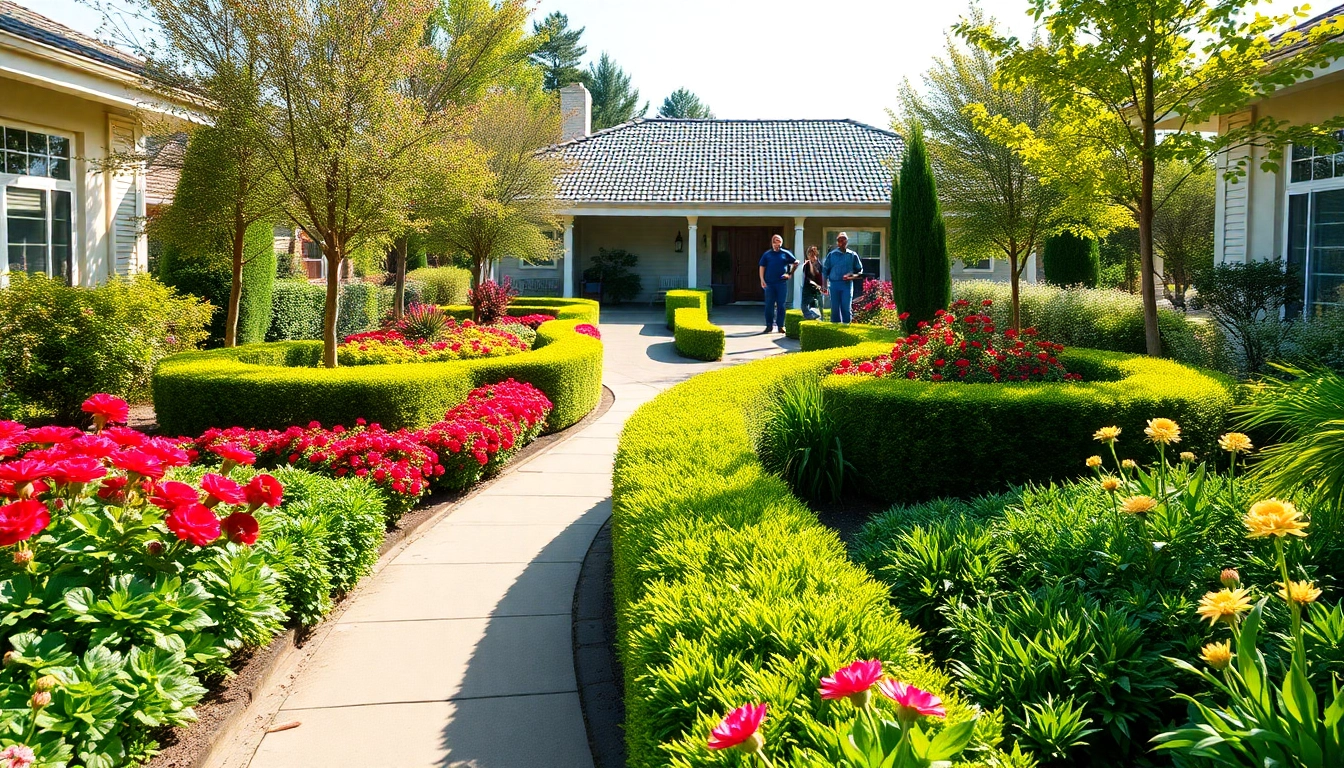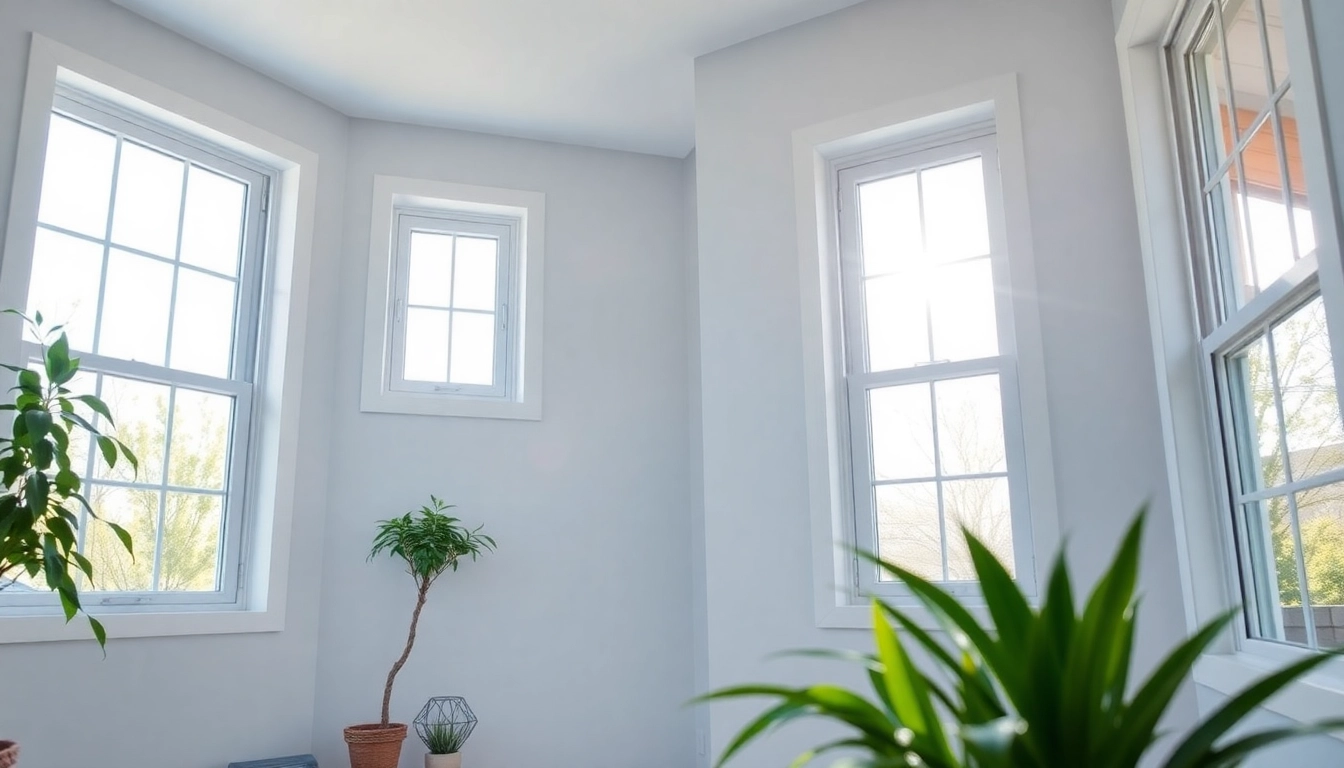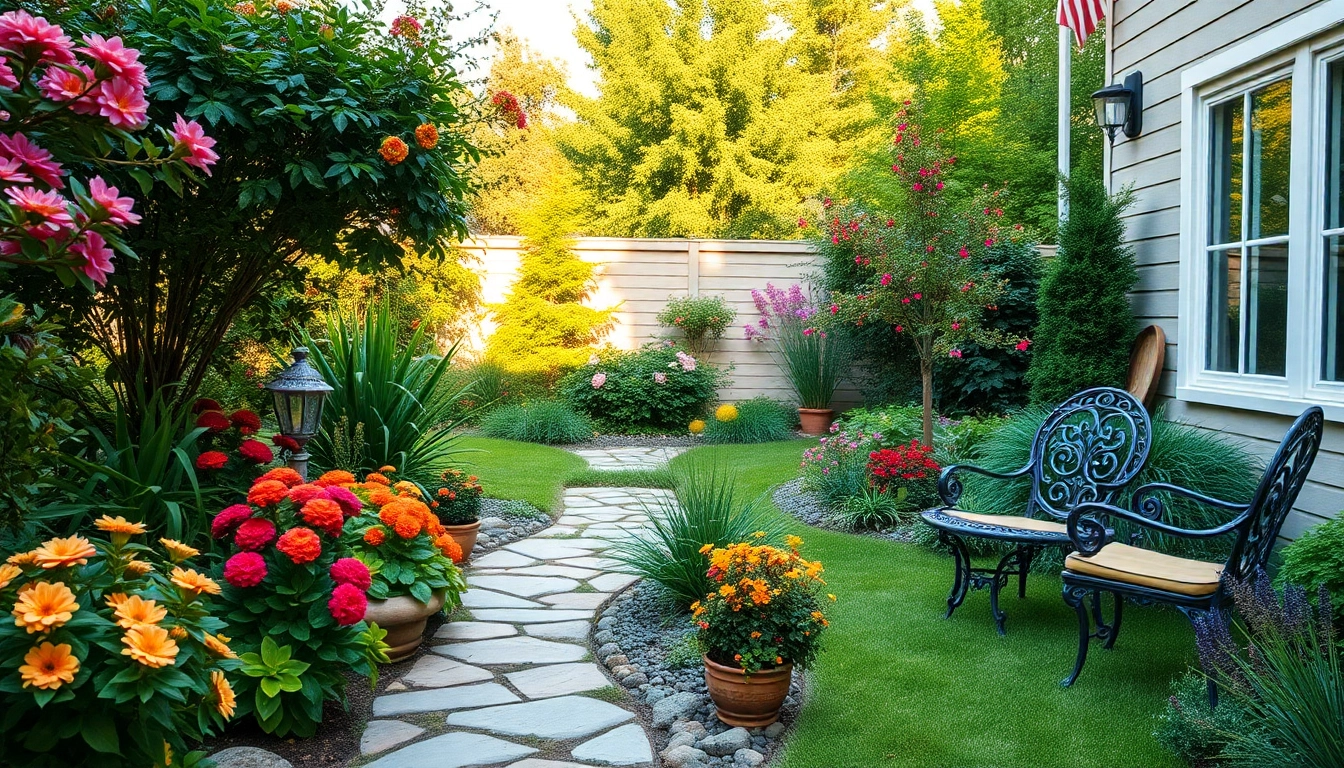Introduction to Landscaping Company Pricing
When you consider enhancing the aesthetics and functionality of your outdoor space, understanding landscaping company pricing becomes essential. The cost of landscaping projects can vary significantly based on various factors. This article aims to demystify landscaping pricing, highlight the elements that influence costs, and provide insights that help clients manage their budgets effectively while achieving their landscaping goals.
What Influences Landscaping Costs?
Just like any service-oriented industry, pricing in landscaping is influenced by numerous factors. These include the project’s scope, the materials chosen, labor costs, and geographical considerations. Additionally, the complexity of the project—such as the types of installations (like patios, bridges, or ponds)—can cause substantial variations in costs. Different landscaping companies also adopt unique pricing models that reflect their overhead costs, expertise, and market position.
Common Pricing Models in the Industry
Landscaping companies typically utilize one of several pricing models. The most common include:
- Fixed Pricing: A set price agreed upon before work begins that covers all aspects of the project.
- Hourly Rates: Charging clients based on the time spent on the project.
- Material Costs Plus Labor: Clients are billed for the actual cost of materials and labor used.
- Package Deals: Pre-packaged services offered at a set price, such as seasonal clean-ups or design consultations.
Factors Affecting Pricing
Size and Scope of the Landscaping Project
The size of your yard and the scope of work significantly affect landscaping company pricing. Larger projects typically require more hours of labor and more materials, leading to higher costs. Simple garden installations might be relatively inexpensive, while complete overhauls involving hardscapes, extensive plantings, and unique water features will drastically increase the cost and labor required.
Types of Materials Used in Landscaping
The choice of materials can heavily influence overall costs. High-end materials like natural stone, premium mulch, or exotic plants can elevate the final invoice considerably. Buyers must balance aesthetic desires with affordability, often discovering that investments in higher-quality materials can lead to lower long-term maintenance costs. Understanding the differences between materials such as synthetic versus natural can also have a notable financial impact.
Geographic Location and Labor Costs
Your location plays a pivotal role in landscaping costs. Urban areas tend to have higher labor costs due to demand and higher living costs, while rural areas can sometimes provide more cost-effective labor. Additionally, regional climate and landscaping practices affect material availability and pricing. For example, certain plants may be endemic to specific regions, influencing their costs dependent on labor to source them.
Comparing Pricing Among Landscaping Companies
How to Get Multiple Quotes
Securing multiple quotes is a prudent strategy in landscaping. Contact several landscape design companies, providing them with the exact project details, allowing for direct comparisons. Be clear about your requirements, and communicate any preferences regarding materials, timelines, and aesthetics. This process not only uncovers a range of pricing but also offers insights into differing approaches and potential solutions to your landscaping needs.
Analyzing Cost vs. Quality
Cost isn’t the only important consideration; quality is equally crucial. An inexpensive quote may reflect lower-quality materials or less expertise. It’s essential to do background checks on potential contractors, including reviews, past projects, and their overall reputation. A balance of affordability and quality can produce the best outcomes concerning aesthetic satisfaction and durability.
Why Some Companies Charge More
Variance in pricing can often be attributed to a company’s experience, quality assurance processes, warranties, and the expertise of their staff. Some companies invest significantly in their workforce, providing training and certifications, which will reflect in their pricing. They might also offer comprehensive services, including maintenance and long-term support, justifying a higher initial cost.
Seasonal Considerations in Pricing
Best Seasons for Landscaping Services
Landscaping activities tend to peak in spring and fall. During these seasons, homeowners seek to prepare their yards for summer or prepare landscapes for winter dormancy. Therefore, prices may be higher during peak seasons due to increased demand. Planning landscaping services during the off-season could potentially result in greater savings, as many companies offer discounts to attract customers.
How Seasons Affect Material Costs
Seasonal changes can dramatically influence material availability and cost. For instance, many plants and trees are sold at a premium during their growing season. Conversely, materials like paving stones may experience price fluctuations based on demand for building projects leading into winter. Keeping an eye on seasonal trends can help budget-conscious clients strategize their purchases effectively.
Promotions and Discounts Year-Round
Many landscaping companies offer promotions throughout the year. These could involve discounts on certain services, bundled offers, or seasonal clearances. Being proactive about seeking out these offers can result in substantial savings, especially for larger projects. Keep an eye on local advertisements and newsletters from companies to take advantage of these opportunities.
Maximizing Value While Managing Costs
Budgeting for Landscaping Projects
When starting a landscaping project, budget planning is essential. Assess your total financial capabilities and allocate funds for various aspects, such as materials, labor, and contingency funds for unforeseen expenses. It’s wise to create a detailed plan, considering both immediate and long-term landscaping goals, to ensure financial sustainability without compromising on quality.
Investing in Long-Term Landscaping Solutions
While upfront costs might be higher, investing in durable and low-maintenance landscaping solutions pays off over time. Select plants that are native to your area for easier upkeep and consider hardscaping features that endure extreme weather conditions. Transparent communication with your landscaping company can lead to mutually beneficial solutions designed for longevity.
How to Maintain Your Landscaping Over Time
Proper maintenance is essential for preserving the value of your landscaping investment. Regular upkeep such as mulching, trimming, and seasonal planting boosts your yard’s appeal while minimizing future costs linked to major repairs or replanting. Establish a routine maintenance schedule and communicate with your landscaping team about the best practices for sustaining your landscape’s health.



